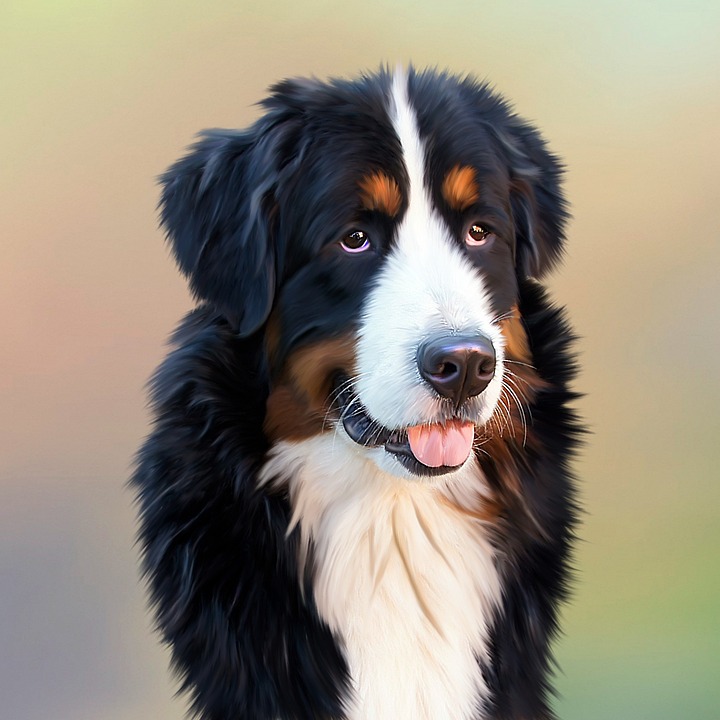Dogs are naturally curious creatures, and their desire to investigate everything around them can sometimes lead to unwanted behaviors or dangerous situations. Teaching your dog the “Leave It” command can be a lifesaver, helping them to ignore distractions, avoid potential dangers, and maintain good behavior. In this article, we will guide you through effective techniques and tips to teach your furry friend to “leave it” and provide answers to some frequently asked questions.
The “Leave It” command is a vital tool in any dog’s training repertoire. It signals your dog to ignore or stop focusing on something they are currently interested in. Whether it’s a tempting treat on the ground, an enticing smell, or even another dog, teaching your pet to “leave it” can prevent them from engaging in unwanted behaviors and encourage them to focus on you instead.
Before teaching the “leave it” command, it’s crucial to ensure your dog has a solid understanding of basic commands like “sit,” “stay,” and “come.” This foundation will make the training process smoother and enhance your dog’s overall responsiveness.
To start teaching the “leave it” command, begin by holding a treat in your closed fist. Present your hand to your dog, allowing them to sniff and investigate. As they start showing interest, say “leave it” in a clear, firm tone. Once your dog stops trying to obtain the treat from your hand, praise them and offer a different treat from your other hand. This redirection helps them understand that leaving the initial treat results in receiving a new, even better reward.
Repeat this process several times, associating the command word “leave it” with the action of your dog ignoring the treat. Over time, your dog will start to understand the connection between the command and the desired behavior.
As your dog becomes more proficient at leaving the treat in your closed fist, you can move on to placing the treat on the ground. Follow the same process, but this time, cover the treat with your hand or place it under a cup. Reward your dog for leaving the treat untouched when commanded.
It’s important to practice the “leave it” command in various environments and with different objects. Gradually increase the level of distractions, such as toys or food, to strengthen your dog’s impulse control.
Consistently reward your dog with praise, treats, or affection when they successfully respond to the “leave it” command. This positive reinforcement will motivate them to continue exhibiting the desired behavior.
Now, let’s address some frequently asked questions about teaching the “leave it” command.
Q1: How long does it take to teach a dog the “leave it” command?
The time it takes to teach the “leave it” command can vary depending on your dog’s breed, age, and previous training experience. It may take anywhere from a few weeks to a couple of months of consistent practice to achieve reliable results.
Q2: What if my dog doesn’t respond to the “leave it” command?
If your dog doesn’t respond to the command initially, it could be due to distractions or lack of understanding. Go back to step one and reinforce the basic obedience commands. Ensure that you are using a clear and firm tone when giving the command and be patient with your dog’s learning process.
Q3: Can the “leave it” command be used to address other unwanted behaviors?
Yes, the “leave it” command can be applied to various situations beyond distractions. It can help with resource guarding, stopping your dog from chewing on forbidden items, or even preventing them from lunging at other dogs during walks. Consistency and practice are key to adapting the command to different scenarios.
Teaching your dog the “leave it” command empowers you to redirect their attention and prevent unwanted behaviors. By following the step-by-step process outlined in this article, and with patience and consistency, you can equip your furry companion with a valuable skill that will keep them safe and well-behaved. Remember to reinforce their progress with positive reinforcement and celebrate their successes along the way. Happy training!









